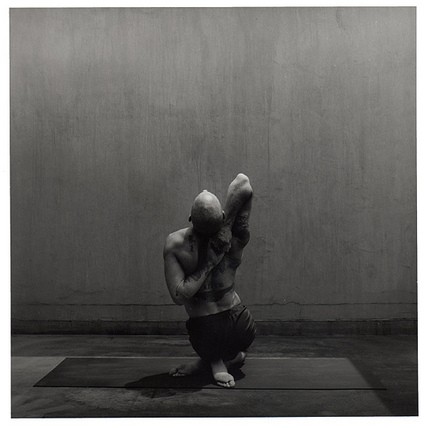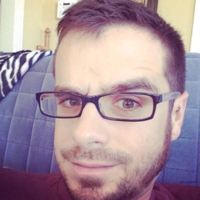Ritual is a roadmap to discovery.
Most of the men I know don’t like asking for directions. We like maps. We like to figure it out for ourselves by looking at the pictures and plans laid out before us.
That’s one metaphor for why, I think, Ashtanga yoga has been so freeing in my personal experience. My inclinations as a man have pulled me into this practice of self-study and devotion. I’m not waiting for anyone to tell me where to go. I’m just going, based on the plan laid out before me. Of course, women are no different in their ability to cleave to this practice, but my experience has been colored by my perspective.
I grew up Catholic, and became aware of such patterns in the practice of the church. But believe me when I say I am no Catholic scholar, basing my opinions on my experience. As a boy, it seemed the gospels make a clear case for the path to heaven in Catholicism. There’s not a lot of confusion about it. Accept it or don’t, it is up to you.
I can remember when I was about 10 years old, I would count the seconds between the first and second reading at Mass. Sunday after Sunday, I would listen and watch as Monsignor William O’Hanlon wound his way to his homily with a thick Irish brogue.
And I counted the seconds. I became fascinated at the internal rhythm of it all. It was almost exact, every Sunday. Maybe my memory is colored by my admiration for the first wholly and deeply spiritual man I knew, but I could swear the Swiss set their watches to his pace.
When O’Hanlon died, I lost my way. No one could compare to his grounding presence.
It took more than a decade of pain for me to find him again.
After months of self-led study, in my first Ashtanga yoga class with Sally Smith in Dallas, on the verge of physical exhaustion, the count was back. I was counting the breaths of my life, aware again for a brief moment of more than myself.
It made no sense to me at the time, but I think I understand it now. God was there. Death, divorce and deep longing finally wore away the façade of isolation that I had cast myself in as I became an adult. I looked hard enough in one place and love came rushing back.
“Everywhere looking, only God seeing.”
Ashtanga yoga demands singular focus. Tapas teaches us about our overwhelming human power to love. It drives everything, this I know now more than ever before. Even in the midst of my incredible weaknesses, I see possibility. I see learning.
Gently, lovingly, the supportive presence of the routine envelops us in each practice in a new way. Every morning, as the sun arcs upward to greet us, Ashtangis worldwide bow to the life-giving power of warmth that the almighty God has lovingly bestowed upon us.
The liturgy of vinyasa links breath and effort, as the postural patterns and chants of the Catholic Mass create a space of no mind. The chatter of weakness briefly leaves us, and only God remains.
In our quiet way, Ashtangis find the vital thread of life in breath and sweat, bringing us back to some of the same messages of purity that shape some of the Ten Commandments I learned as a boy.
Thou shalt have no other gods before me: Ishvara Pranidhana.
Thou shalt not kill: Ahimsa.
Thou shalt not steal: Asteya.
Thou shalt not commit adultery: Brahmacharya.
Thou shalt not lie: Satya
Thou shalt not covet: Aparigraha
People think Catholics are held down by dogma and forced into a painful life. Some yoga practitioners look at Ashtanga in similar fashion, wondering if six or more hours of dynamic yoga a week isn’t a little torturous.
I think, in both cases, the discipline of structure creates space for awareness. I know it has brought my trained attention more readily to the little mysteries, the little joys and the little lightness that make life more bearable, in all the world’s attempts to break my spirit.
Author: Nick Todaro
Editor: Catherine Monkman
Image: Barry Silver/Flickr











Read 0 comments and reply